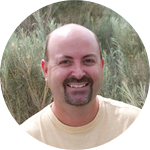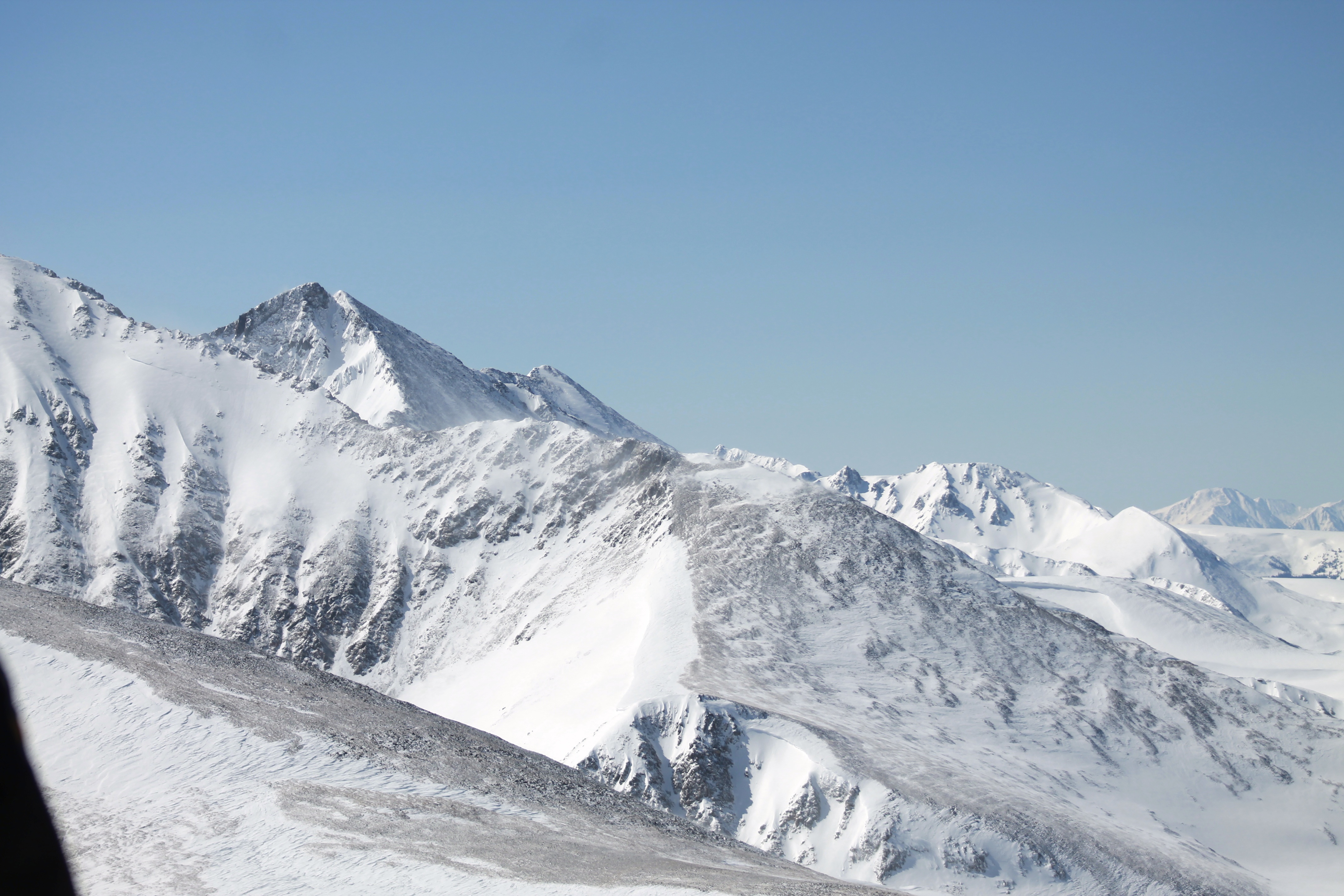About This Project
This project proposes to reconstruct the avalanche history of central Colorado through an analysis of sediments and plant remains deposited by avalanches in high elevation lakes. The ultimate goal of the project is to understand how climate change influences the frequency of avalanches during the last four millennia. The research has implications for the winter sports industry, transportation, and mountain communities. This will also be the first lake sediment avalanche record in the US.
Ask the Scientists
Join The DiscussionWhat is the context of this research?
While it is clear that climate change is significantly impacting the amount and timing of snowfall, little is known about its impact on avalanche occurrence. Avalanches are dangerous natural phenomena to the winter sport industry, and therefore there is a need to understand how climate change might impact them in the future. Virtually nothing is known about historic snow-avalanche activity in remote alpine systems in the US. Many high-elevation small lakes formed at the end of the last ice age (16000 years ago) and since then they have been accumulating and preserving sediment from the surrounding environment as a historical timeline. By coring the lakes and bringing up the sediments, I can examine the layers and get a snapshot of what the environment looked like thousands of years ago.
What is the significance of this project?
With the increasing impacts of climate change in mountainous regions, and limited information on how climate change will impact avalanches, there is clearly a significant gap in this area of climate change research. The proposed project will provide information on the frequency of avalanche events during the past 4000 years and the record will be compared with paleoclimate records from the region to assess climate conditions that are suitable or unsuitable for avalanches. The data will allow managers to make more informed plans when considering future climate projections, and better prepare mountainous communities, infrastructure, and the environment for the likely future impacts of avalanches.
What are the goals of the project?
The goals of this project include determining how avalanches are recorded in lake sediments, determining the frequency of events in central Colorado, and comparing the avalanche record with paleoclimate to determine conditions that influence avalanche activity. I will use a GIS to locate other suitable lakes using site data from our existing lake-avalanche record in Colorado. The goal is to provide a regional reconstruction from multiple records. We will be conducting measurements (particle size, magnetic signatures, geochemistry) on the sediments to distinguish an avalanche from other disturbance events. I plan to develop the first long-term avalanche history for the US. The results will be presented at conferences, published, and made available to interested stakeholders.
Budget
$4,200 Radiocarbon Dating (12 at $350)
$1,000 Particle Size Analysis (30 at $33)
$462 Administrative Costs
$500 XRF Machine materials
A large part of the expense for this project is for establishing a chronology or timeline for the cores. Particle size analysis requires equipment not available at CU Denver, and will be conducted at the US Geological Survey in Lakewood, CO. There is a cost for chemicals to pretreat the samples prior to the off-site analyses included in the per sample cost below. Sediment magnetism and geochemistry will be conducted at the University of Colorado Denver at no cost.
Radiocarbon dating: Lawrence Livermore National Laboratory CAMS Laboratory (12 dates at $350/date) Total: $4,200
Particle Size Analysis: USGS
(33 samples at $30/sample) Total: $1,000
XRF machine requires a specific type of polyvinyl that will not scatter xrays as it analyses sediments.
Endorsed by
Meet the Team
Team Bio
Zara is a Master's student in the Environmental Science program at University of Colorado Denver. She is also working towards her GIS certificate. Zara holds a B.S. in Biology: Ecology and Field Study from State University of New York College at Oneonta. Her previous working experience includes watershed protection and private consulting, avian behavioral surveys, invasive species field work for Colorado Parks and Wildlife, as well as taxonomic identification. Besides working in the lab, Zara is interning with the Intermountain region of the National Park Service in Lakewood, Colorado.
When not at school or at work, Zara can be found snowboarding, hiking, on her yoga mat, or taking photos with her friends, family, or kitten Luna.
Zara Hickman
I grew up in the Hudson Valley in upstate New York, surrounded by both the Catskills and Berkshire mountains. Ever since I can remember, I have been fascinated by the mountains, their ecosystems, and the winter season. I grew up visiting the Adirondacks at least twice a year. During my undergraduate studies at the State University of New York College at Oneonta, I studied ecology, and also taught snowboarding on the weekends. It is easy to see where my passion for alpine climate change research came from.
After graduating from SUNY Oneonta, I moved to Colorado. I have worked as an aquatic invasive technician, as well as in private consulting watershed protection. I have continued to be an active winter sports enthusiast as well.
Additional Information
Colorado avalanche hazards are particularly high due to the significant draw to winter sports and the locations of highways in the Colorado high country. Every year, many lives are taken due to avalanche activity. I am an active outdoor enthusiast year round. Therefore, my personal goals for this project are to help protect the lives of others while adding to climate change research
Above: Continental divide, Colorado
Above: Skier triggered avalanche at St. Mary's Glacier, CO
Below: Ten-Mile Range, Breckenridge, CO

Below: Imperial Summit, Breckenridge, CO
Project Backers
- 71Backers
- 102%Funded
- $5,825Total Donations
- $82.05Average Donation




